Cats are intriguing creatures, full of mystery and charm, yet their enigmatic ways can often puzzle their human companions. Understanding what cats dislike about human behavior can foster a more harmonious co-existence. In this guide, we delve into the ten things about us that our feline friends find particularly bothersome. By recognizing these issues, cat owners can improve their relationships with their furry ones, ensuring a more peaceful living environment for both parties.
1. Loud Noises

Cats possess an acute sense of hearing, allowing them to detect even the slightest sounds. However, this heightened auditory perception means that loud noises, such as fireworks, thunderstorms, or a loud TV, can be incredibly distressing for them. High decibel levels not only startle cats but can also create stress and anxiety, sometimes leading to behavioral issues. Offering a quiet, safe space in your home can help your cat feel more secure when the noise levels rise.
2. Unexpected Changes
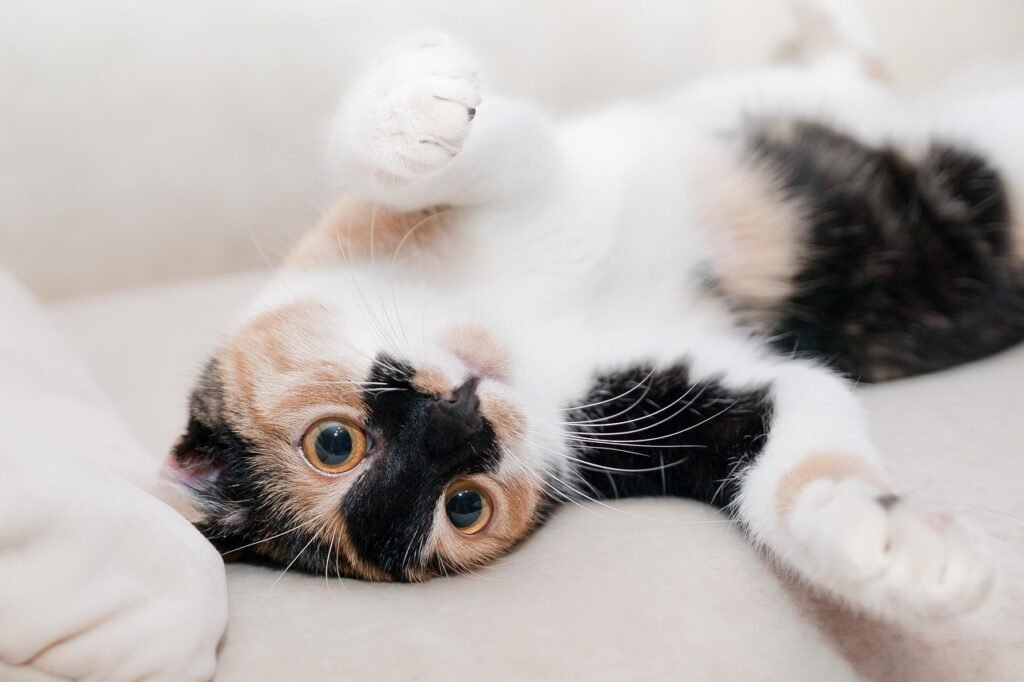
Cats thrive on routine and predictability; sudden changes in their environment can unsettle them. Whether it’s a new pet, moving furniture, or altering their feeding schedule, any disruption to their daily routine can be stressful. It’s important for cat owners to introduce changes gradually and provide stability wherever possible to minimize feline anxiety.
3. Overhandling
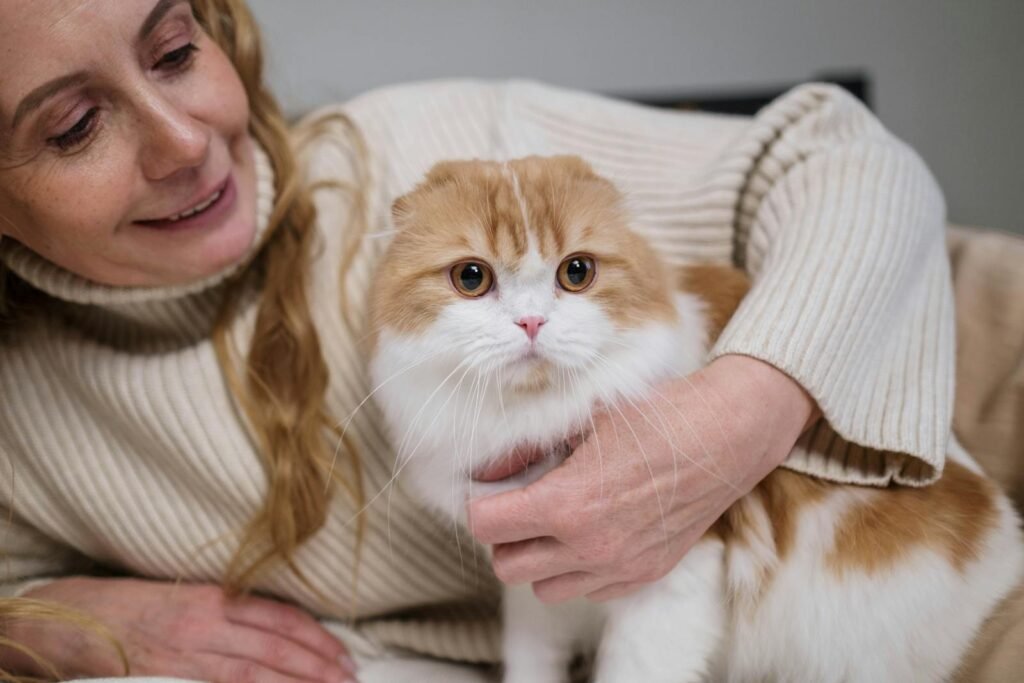
While many cats enjoy affection, they typically appreciate it on their own terms. Overhandling, such as excessive petting, hugging, or picking them up too frequently, can be overwhelming for a cat. Felines value their personal space and prefer to approach humans when they’re ready for physical interaction. Recognizing and respecting these boundaries is essential for maintaining their comfort and trust.
4. Strong Scents

The feline sense of smell is far more sensitive than a human’s, and overpowering scents can be off-putting or even harmful. Household cleaners, perfume, or even certain foods can carry scents that are far too strong for a cat’s liking. Being mindful of the products used around the house can help avoid irritating your pet’s senses and ensure their comfort.
5. Inconsistent Attention
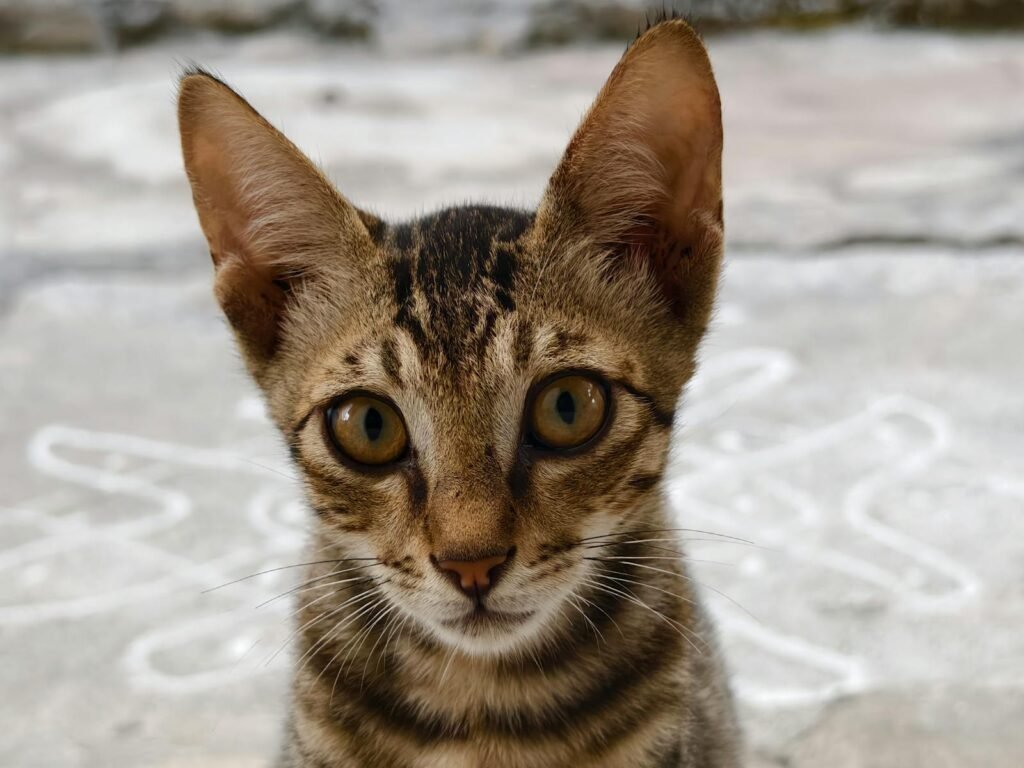
Cats give mixed signals whether they want affection or solitude, but once they decide they want attention, they expect it consistently. Inconsistency in a human’s attention can confuse a cat, leading to frustration or withdrawal. Building a strong bond with your cat involves recognizing their cues and responding accordingly with a steady level of engagement.
6. Dirty Litter Box
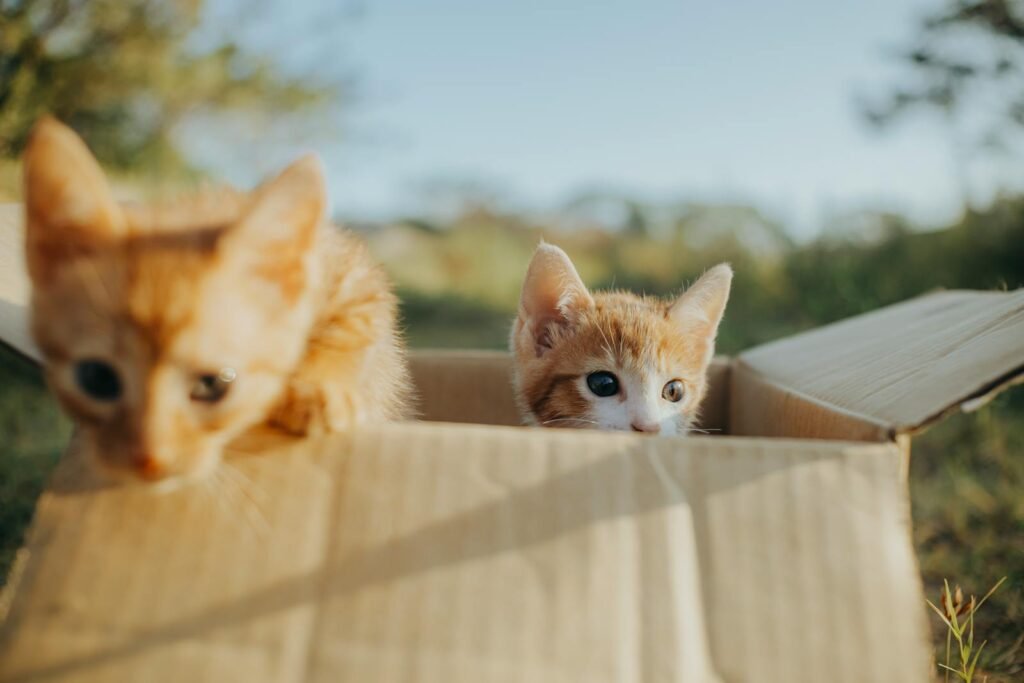
A clean litter box is non-negotiable for a cat’s well-being. Cats are exceptionally clean animals and are highly particular about hygiene regarding their toileting area. An unclean litter box can lead to elimination problems and health issues. Regular cleaning is crucial for maintaining not just the cat’s hygiene but also household cleanliness.
7. Ignoring Body Language
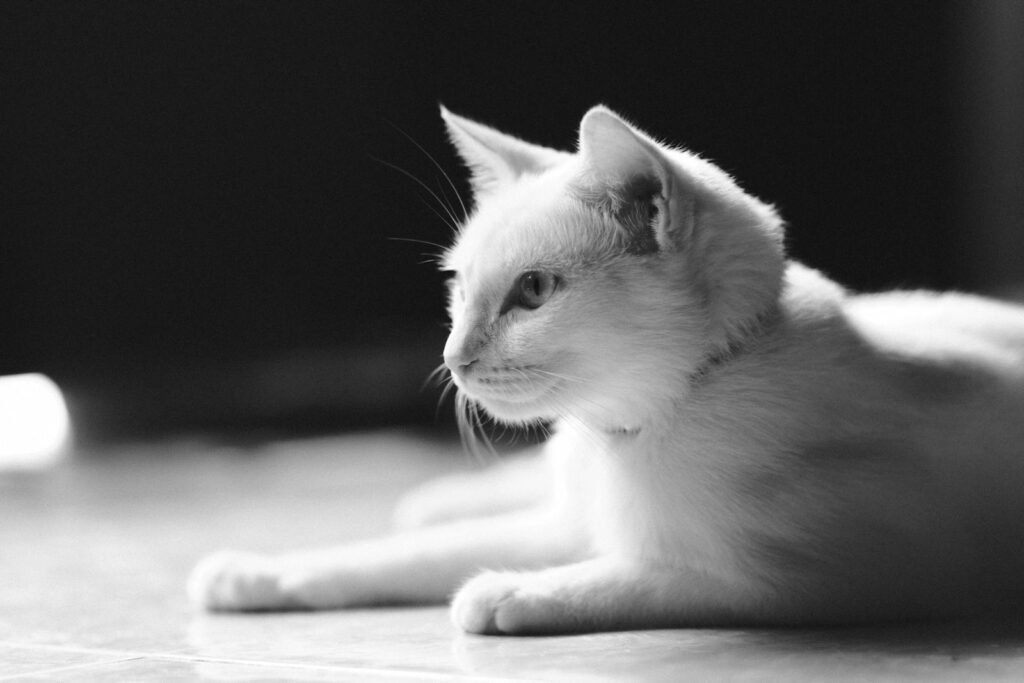
Cats communicate primarily through body language, and ignoring these signals can lead to misunderstandings. A tail flick, flattened ears, or hissing are indicators of discomfort or distress. Understanding and respecting these signs can significantly enhance the human-feline relationship, ensuring that you don’t inadvertently cause your pet stress.
8. Lack of Stimulation
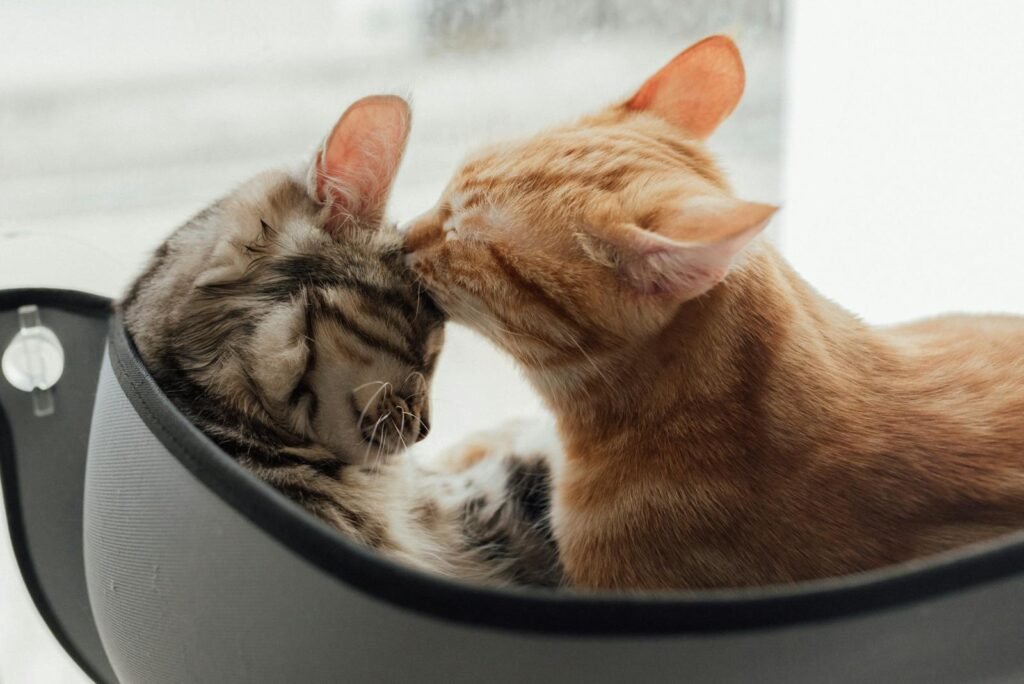
Felines are natural hunters and need mental and physical stimulation to thrive. A mundane, monotonous environment can lead to boredom and behavioral issues, like scratching and excess meowing. Providing interactive toys, engaging play sessions, and even puzzle feeders can enrich their daily routine, keeping them happy and healthy.
9. Forced Interaction with Other Pets

Cats are territorial animals, and introducing another pet into the household can be a source of stress. Forced interactions can exacerbate tension and may lead to aggressive behavior. Gradual introductions and ensuring each pet has its own space can help mitigate conflict and allow them to coexist peacefully.
10. Lack of Personal Space
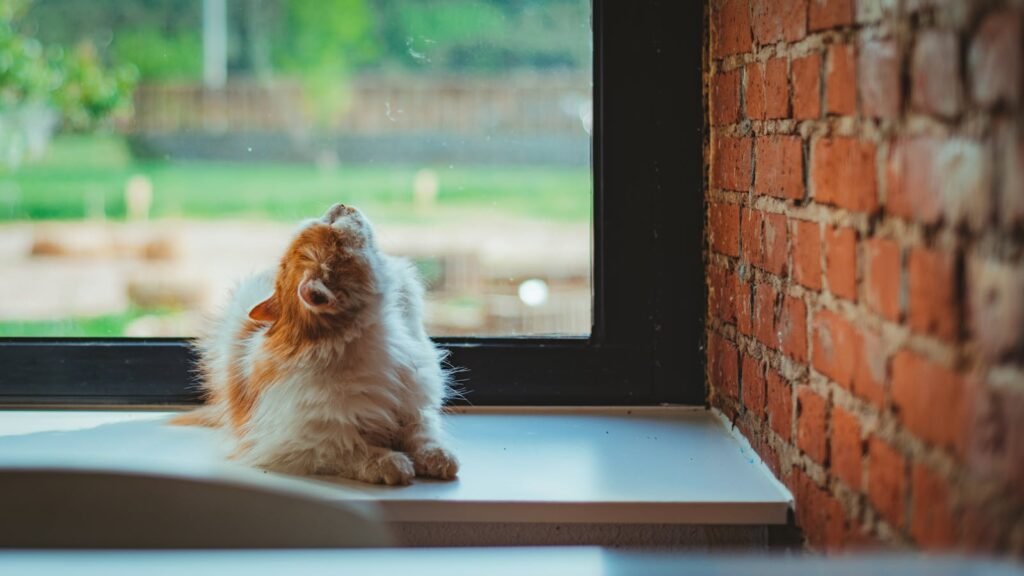
Personal space is paramount for cats, who often retreat to quiet places to rest and recharge. A household that lacks these quiet areas can make a cat feel trapped or anxious. Designating areas of the home as safe zones where your cat can enjoy solitude is essential for their mental well-being.
In conclusion, realizing the aspects of human behavior that cats cannot tolerate helps create an environment that meets their needs. By acknowledging and adapting to these feline aversions, pet owners can improve their bond with their cats, resulting in a happier home for all occupants. Being mindful about the cat’s sensory experiences, respecting their independence, and providing necessary stimulation are integral to nurturing a harmonious human-cat relationship.

Linnea is a born and bred Swede but spends as much time as possible in Cape Town, South Africa. This is mainly due to Cape Town’s extraordinary scenery, wildlife, and atmosphere (in other words, because Cape Town is heaven on earth.) That being said, Sweden’s majestic forests forever hold a special place in her heart. Linnea spends as much time as she can close to the ocean collecting sea shells or in the park admiring puppies.






